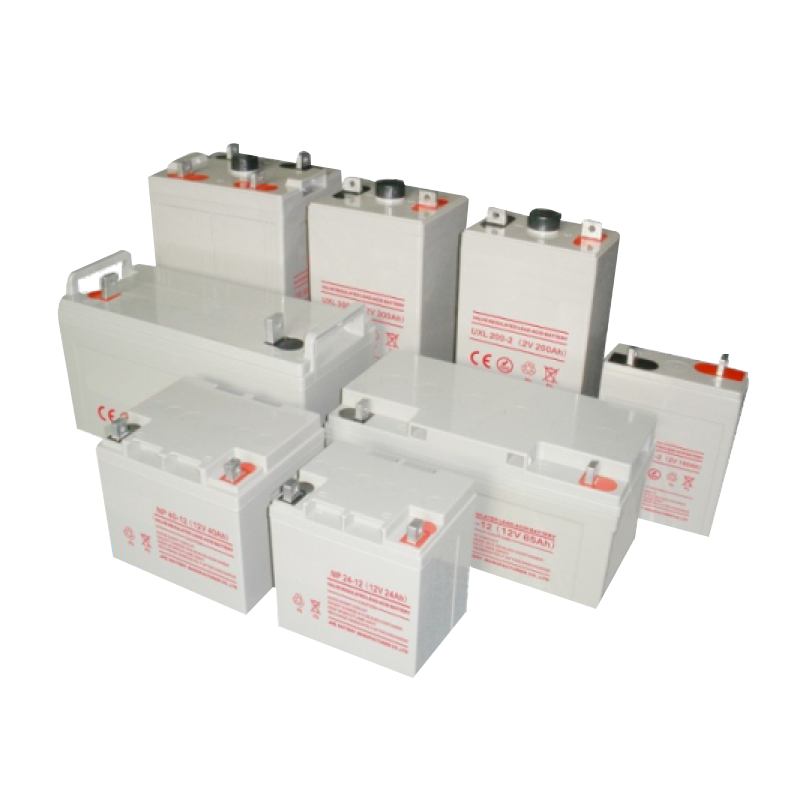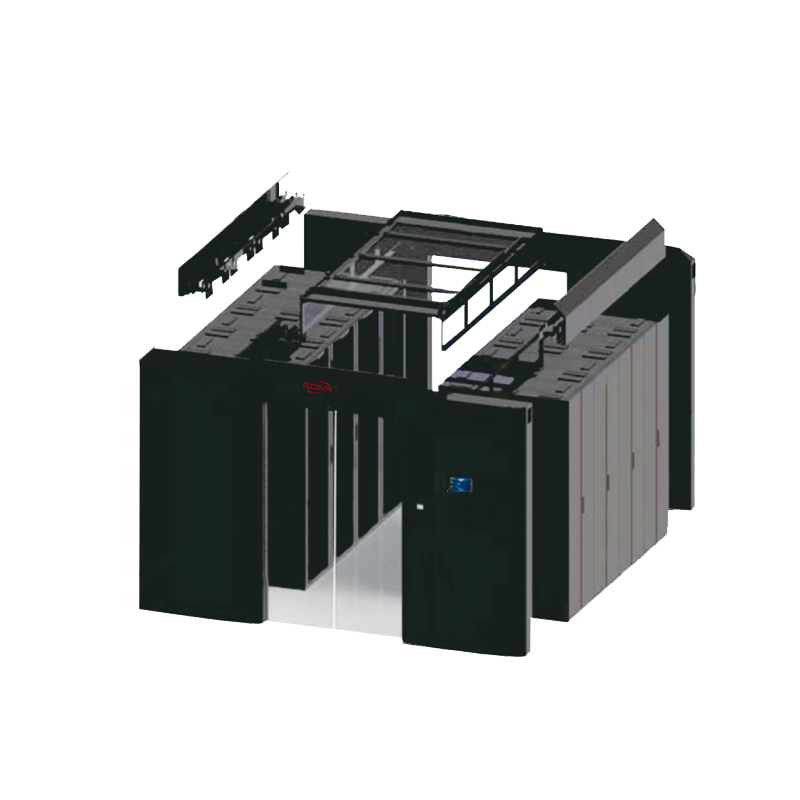 Language
LanguageUPS power supply plays a crucial role in protecting data and machine equipment from damage. Therefore, the correct use and maintenance of UPS is quite important. Many users are limited to the precautions in the product manual.
1. A pair of power amplifier transistors in the inverter power stage are damaged. After replacing the same type of transistor, the reason for burning out after running for a period of time is due to excessive current, which is caused by:
Overcurrent protection failure. When the inverter output experiences overcurrent, the overcurrent protection circuit does not work;
Pulse width modulation (PWM) component failure, resulting in asymmetric output of two complementary waveforms, one with long conduction time and the other with short conduction time, causing imbalance in the operation of both arms, and even causing the two arms to work together
When conducting, causing damage to both pipes;
The parameters of the power transistor differ greatly, and even if a symmetrical waveform is input, the output will still be asymmetric. This waveform, when passed through the output transformer, causes magnetic bias, i.e. magnetic flux balance, which accumulates and leads to voltage transformation
The device is saturated and the current suddenly increases, burning out the power transistor, and one is burned out, and the other is also burned out.
2. The battery voltage is low, but after charging for more than ten hours, the battery voltage still cannot be charged.
Fault analysis: Judging from the phenomenon as a battery or charging circuit fault, the following steps can be taken to check:
Check if the input and output voltage of the charging circuit is normal;
If the input of the charging circuit is normal but the output is abnormal, disconnect the battery and retest. If it is still abnormal, it is a fault in the charging circuit;
If the input and output of the charging circuit are normal after disconnecting the battery, it indicates that the battery has been damaged due to long-term failure to charge, over discharge, or reaching its lifespan.
3. When there is mains power, the UPS output is normal, but when there is no mains power, the buzzer keeps ringing and there is no output.
Fault analysis: Based on the phenomenon, it can be determined that there is a partial fault in the battery and inverter. The following procedure can be used to check: (Related content: UPS price)
Check the voltage of the battery to see if it is under charged. If the battery is under charged, check whether it is a fault of the battery itself or a fault in the charging circuit;
If the working voltage of the battery is normal, check whether the inverter drive circuit is working properly. If the output of the drive circuit is normal, it indicates that the inverter is damaged;
If the inverter drive circuit is not working properly, check if there is a PWM control signal output in the waveform generation circuit. If there is a control signal output, it indicates that the fault is in the inverter drive circuit;
If there is no PWM control signal output in the waveform generation circuit, check whether its output is blocked due to the operation of the protection circuit. If so, investigate the cause of the protection;
If the protection circuit is not working and the working voltage is normal, but the waveform generation circuit has no PWM waveform output, it indicates that the waveform generation circuit is damaged.
The above troubleshooting sequence can also be reversed, sometimes allowing for faster detection of faults.
4. After the UPS is turned on, there is no display on the panel and the UPS does not work.
Fault analysis: Judging from the fault phenomenon, the fault lies in the mains input, battery and mains detection section, as well as the battery voltage detection circuit:
Check if the input fuse of the mains power is burnt out;
If the input fuse of the mains power is intact, check if the battery fuse is burned out, because some UPS will turn off all outputs and displays of the UPS when they cannot self check the battery voltage;
If the battery fuse is intact, check if the mains power detection circuit is working properly. If the mains power detection circuit is not working properly and the UPS does not have the function of starting without mains power, the UPS will also shut down
All outputs and displays;
If the city detection circuit is working properly, then check if the battery voltage detection circuit is normal.







































































